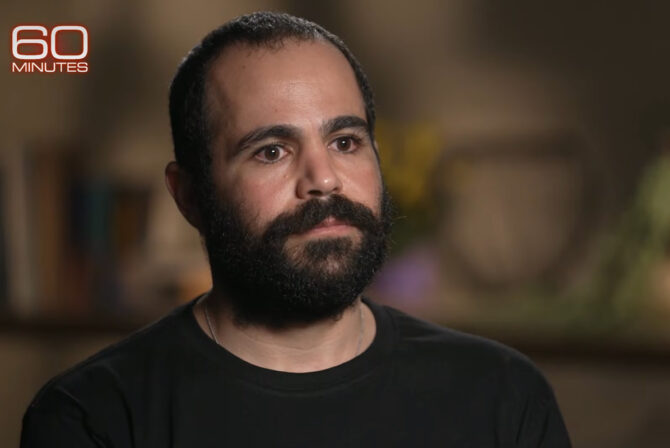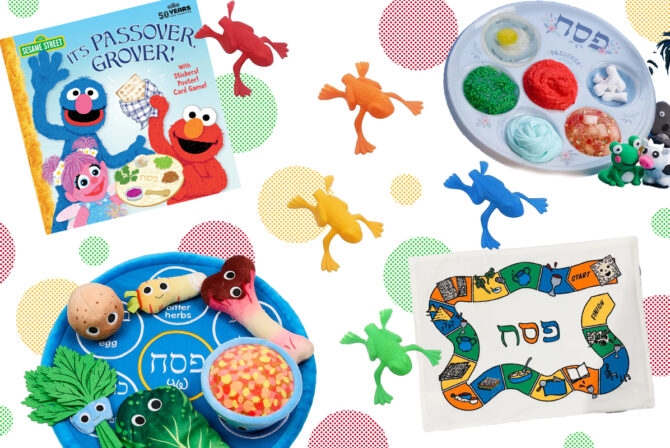I hadn’t heard of Gertrude Stein when I came across Janet Malcom’s “New Yorker” article about her 15 years ago. It examined how she and her partner, Alice B. Toklas, remained safe in Nazi-occupied France through World War II despite being Jewish-American lesbians. At the time, I had just converted to Judaism. Initially, I was surprised that I didn’t know Stein. In retrospect, it is surprising that I barely registered the article’s thesis—the women were protected by a Nazi collaborator.
There is so much to admire about Stein. She attended medical school at the turn of the century; she and her brother collected a studio of modern art masters before Picasso or Matisse were known, and of course, she wrote irresistible prose. She also lived as an expat in Paris, not grinding out a hard-scrabble artist’s living, but instead, starring as the belle of her own ball, hosting Hemingway, Fitzgerald, Picasso and more. And everyone around her bought in! At the time, I dreamed of embracing my Jewish, urban-though-country-born-life with as much aplomb as she did.
In The New Yorker article, Malcolm billed “The Autobiography of Alice B. Toklas” a “tour de force” that “solved the koan of autobiography.” Reading the piece, and the book, I aspired to leave my business career to write. In “The Autobiography,” Stein penned incredibly self-aggrandizing things, yet could disclaim them as she wrote in Toklas’ voice. I loved her impish humor, which, in less capable hands, could have translated as egomania. I snickered along with Stein at the conceit she pulled off.
After a year of Stein devotion, my husband and I traveled to France. I reserved an afternoon to explore Stein’s Paris, with Stein and Toklas’ infamous 27 Rue de Fleurus apartment to be our terminus. We strolled through Luxembourg Gardens, as Stein did daily, nursing crepes we bought on the street. Kids flew kites. Couples kissed across cafe tables. Fountains effervesced around me. I felt childlike and giddy, as though in a imaginary land. An old woman passing by stopped and sweetly said, “Très bien, n’est-ce pas?”
Oh, it was très bien! I nearly shook with gratitude for the day by the time my husband and I reached Stein’s building. But I was disappointed to see the entryway was overlaid with wrought iron. A coded lock prevented us getting more than a peek into the courtyard. But right as we began to move on, a woman with a stroller exited Stein’s building. The latch didn’t catch and we both sprang to keep the door from closing the second the woman turned her back. We beamed conspiratorially as we shoved our cameras inside our coats and casually sauntered past a security desk then out another set of glass doors.
And there I was—standing in the courtyard of 27 Rue de Fleurus.
The “Autobiography” detailed the layout, so I knew which windows were Stein’s. Afraid of catching a foreign tongue-lashing for being greedy, law-breaking American tourists, we made quick business of our task. My husband pulled out his camera and took a single photo.
That photo hangs in my office. I often look at it, as I breathe deep and gather my thoughts before writing. The photo is black-and-white—and beat to hell. I only framed it a couple of years ago. It’s marred by tack holes, a tear or two and a brown stain on one corner. I don’t know why its condition doesn’t bother me. I would never treat a photo of my children like that. And this photo is that sort of meaningful to me.
But what about that article from 15 years ago? Why wasn’t I even curious about Stein and Toklas’ involvement with a Nazi collaborator, and her acceptance of, and even support of the anti-Semitic Vichy regime in France— a side of her history which remains so controversial?
I thought about the article again a few months ago, provoked by an annual hassle. My sons attend public school, and I help with the December party each year. Without fail, a parent proposes an activity that prompts me to point out not all of the kids are Christian. Giving this reminder has never troubled me before, being a Jew in a vastly Christian country, but this year my heart raced and my temper flared. More so, I suddenly felt scared and vulnerable raising my hand and saying, “We’re here. We’re different. Can you keep us in mind too?”
While the other parents weren’t being overtly anti-Semitic, I’d have felt bolstered had my community taken my identity, as well as that of other minorities, into account when planning their celebration.
The election, no doubt, led to my unease at raising my hand as a Jew this year. Trump’s win reframed my view of the world, as well as my place in it.
It also re-framed my Stein photo. I’ve had difficulty looking at it lately. For years, I treated the photo like an icon—without thought of Stein’s wartime experience and questionable view towards the Nazis.
Events that didn’t cause a moment’s pause before now rankle and sometimes frighten me. I feel charged with giving complex things the scrutiny they deserve, no longer having the luxury of glossing over complicated topics and feelings. None of us do.







